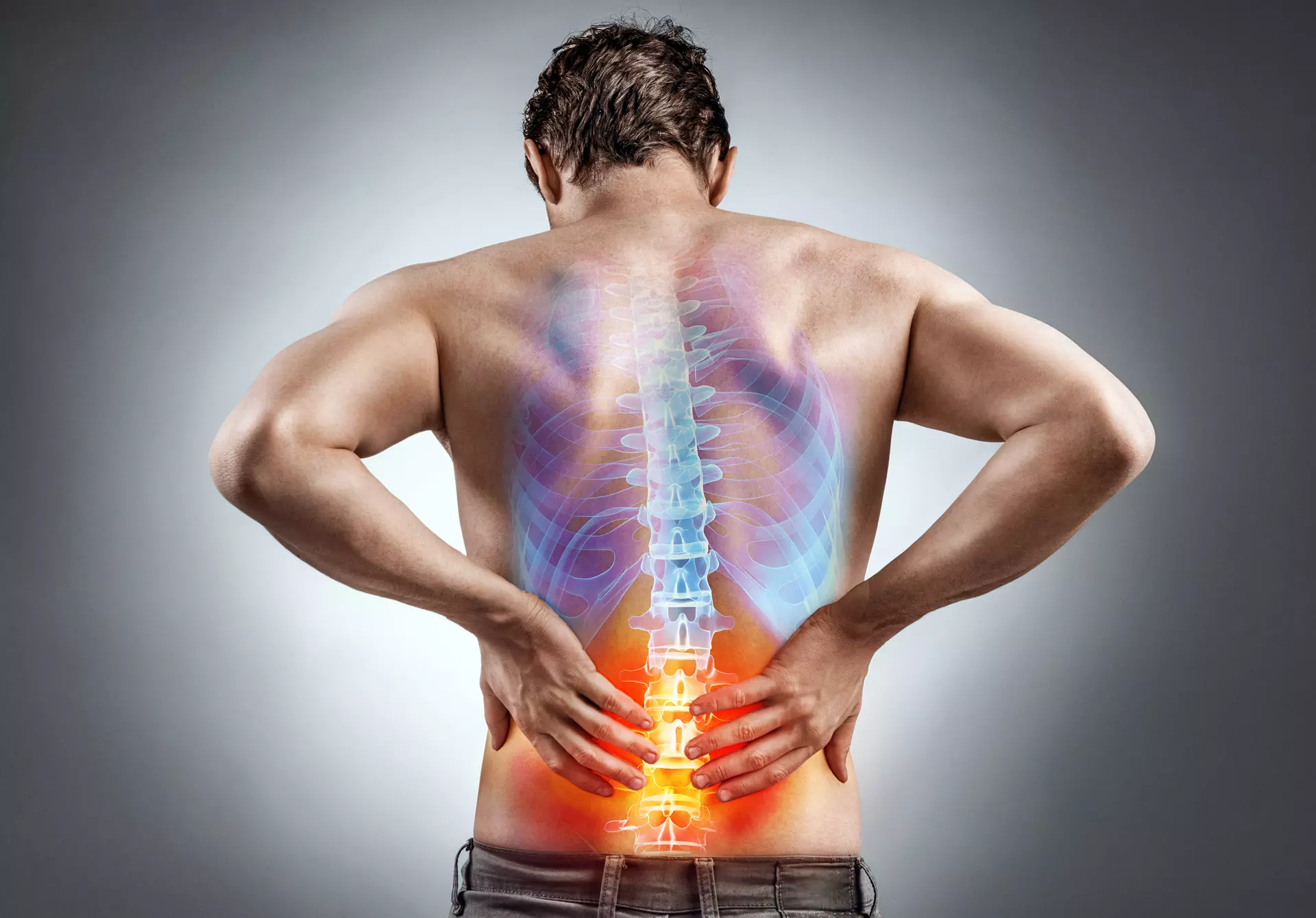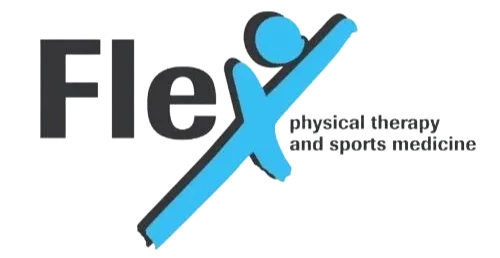What is the ACL?
The ACL stands for Anterior Cruciate Ligament. This tiny ligament has a BIG job in the knee. The ACL helps keep the knee in alignment when you twist, jump, cut, or kick the ball. ACL tears are more predominant in young female athletes who participates in sports such as soccer, basketball, and volleyball all which requires twisting, cutting, jumping and landing.

Athletes that tear their ACL must face a long road of recovery. They will have surgery and then go through a grueling rehabilitation program for at least 6 months. Therapy is sometimes painful, but absolutely necessary to get the knee back to 100%. In addition to therapy, the athlete will sit out the rest of the season, miss classes and possibly scholarship opportunities.
Each year in the US, 1 in 100 female high school athletes will suffer a serious knee injury. Knee ligament injury rates are 2-10 times higher in female athletes than male athletes. The majority of these injuries are non-contact, occurring in sports that involve pivoting, cutting, or jumping. The ACL controls the pivoting and forward motion of the knee joint along with the hamstring muscles. If these muscles are not adequately prepared, jumping/twisting motions may create shear forces which can tear the ACL. An ACL injury may sideline an athlete for 6-12 months.
Additional ACL injury Facts
- Over 50% of those who have an ACL injury will suffer additional damage to the knee joint including tears to the menisci or other ligaments.
- At least 75% will also incur damage to the knee cartilage which may lead to future arthritis.
- Average cost for a knee ligament reconstruction and post operative rehabilitation is $17,000.
What can be done to avoid ACL injury?
Some injuries suffered on the field simply cannot be avoided such as a contact injury. However, for many injuries that involve the knee joint due to poor technique or lack of strength and conditioning there are actions you can take to prevent them. There are injury prevention programs that teach the athlete the proper techinques of cutting, pivoting, jumping and landing that can keep them from suffering a non-contact injury. Sportsmetrics is the first training program scientifically proven to improve neuromuscular problems in athletes by increasing hamstring strength and teaching the athlete how to land from a jump and cut/pivot in safe positions with proper body positioning. Sportsmetrics has been proven to help athletes get stronger, jump higher and reduce the risk of an ACL injury. The program was designed by Dr. Frank Noyes and his research team at the Cincinnati SportsMedicine Research and Education Foundation.
What is Sportsmetrics?
It is a 6 week jump training program that meets 3 times a week on alternating days. Each session is about 60 minutes. It includes the following components:
- Dynamic Warm Up- Prepares the body with functional based activities that use sport specific motions. It raises the core body temperature, increases blood flow to the muscles and improved flexibility, balance, and coordination.
- Plyometrics/Jump Training: Plyometrics, the core of the Sportsmetrics program, are used to focus on correct jumping technique and are divided into three two week phase.
Each phase has a different training focus and exercises change with each phase. Plyometrics develop muscle control and strength that are critical for reducing the risk of knee injury and increasing jump height. - Speed and Agility Training: Emphasizes body alignment and form while performing sprinting and cutting movements. The goal of speed and ability training is to condition your body and increase skill level while teaching proper technique.
- Strength Training: Emphasis is on body alignment and form. Sportsmetrics provides structured strength training guidance. It focuses development of core strength and improving overall muscular efficiency.
- Flexibility Training: Stretching is essential to achieve maximum muscle length, allowing the muscles to work with power through the complete range of motion. This is critica for decreasing injury and post-training muscle soreness.
Benefits of Sportsmetrics
- Reduced risk of non-contact ACL injury is the main benefit
- Lowered harmful landing forces at the knee
- Improved knee stability with side to side movements
- Increased power and strength of the knee muscles (hamstrings)
- Increased hip strength
- Improved muscle balance between the quadriceps and hamstrings
- Increased vertical jump height
- Improved postural control of the upper body and trunk which provides core stabilization
Why Sportsmetrics?
Many athletes, local and national have used Sportmetrics as a preseason conditioning program or as one step to avoiding injury. Sportsmetrics is the only injury prevention program that has been researched and scientifically proven to lower an athlete’s risk of serious knee injury. Although there is no guarantee that all knee injuries can be prevented. Sportsmetrics provides the athlete with the training and skills to lower the risk in all areas related to non-contact ACL injury. Not only is an ACL injury devastating to the athlete’s athletic career, it is extremely costly and can result in life long knee problems. Along with the rising cost of ACL injury (approximately $17,000) and with the average annual cost of $6,000 per child for sport’s fees, club teams, personal training camps, clinics, and year round athletic services, Sportsmetrics is a cost effective solution to avoiding this problem. Take charge with Sportsmetrics and get stronger, jump higher, run faster…keep them injury free!
Here at Flex Physical Therapy we are a certified Sportsmetric clinic. Please give us a call with any questions, concerns or to schedule an appointment 800-930-8803.
